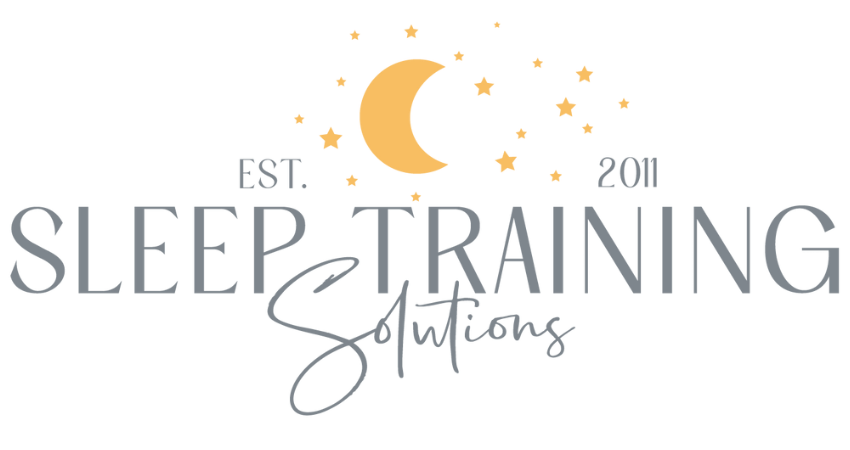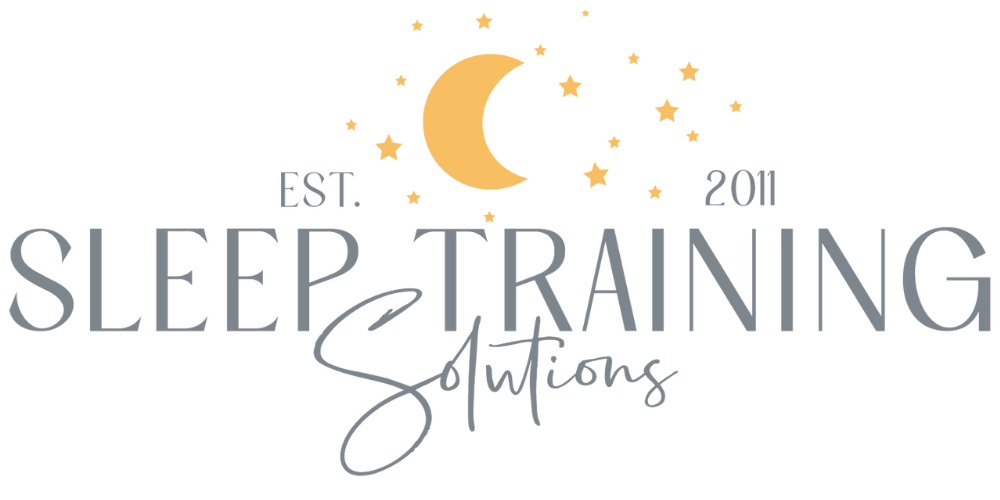4 month old sleep: regression, schedule and tips
You have a 4 month old baby whose sleep is changing. Should you stop room sharing and move baby into the nursery? What is the ideal schedule for a 4 month old? How do you know if your baby is getting enough sleep? How do you navigate the 4 month regression? Can a 4 month old sleep through the night? This post shares everything you need to know about your 4 month old’s sleep.
Where should a 4 month old sleep?
Babies should be sleeping on a firm, flat surface with a fitted sheet covering the mattress. They can sleep in a bassinet or a crib, but if your baby is still in a bassinet, make sure to transition into a crib at the first sign of rolling.
There should be no bumpers, toys, pillows and blankets - even the decorative one hanging over the edge of the crib!
And ensure that the cord of the baby monitor (should you choose to use one), is not within 3 feet of the crib.
According to the American Academy of Pediatrics, “parents [should] sleep in the same room – but not in the same bed as a baby - preferably for at least the first six months.” So if room-sharing with your baby isn’t working for your family, it’s ok to move them into the nursery so you’re not waking up with every little noise they make all night. If you have questions, always consult with your pediatrician.
What should a 4 month old sleep in?
Because most 4 month olds are either rolling or close to rolling, it’s important to transition them out of the swaddle and into a sleep sack. Why? Because if your baby’s arms are inside a swaddle and your little one somehow managed to roll over, it would be a suffocation hazard being face down without arms free.
If your baby is showing signing of rolling but you tried a sleep sack and your baby isn’t quite ready to have arms completely free (or your baby is in that stage of scratching his face!), you can use this swaddle transition.
For the sleep sack, there are lightweight cotton and heavier weight fleece options. Weighted sleep sacks are not recommended by the AAP. You know your baby is dressed appropriately when the core (not extremities) is a good temperature. If your baby has really red cheeks or a sweaty neck/back when you pick him up after a nap, then either he’s wearing too many layers or the temperature in the room is too warm.
What is the ideal 4 month sleep schedule?
4 month olds aren’t on a schedule, but instead follow a routine according to awake time. Awake windows are the time from when you pick baby up after sleep to the time you lay baby back in the crib for the next sleep.
Goals to aim for at 4 months:
11-12 hours of sleep overnight (with up to one night feed, if needed)
4 naps per day equaling 4 hours of total nap sleep
The awake window for 4-4.5 month olds is 1.5-1.75 hours and between 4.5-5 months, the awake window is 1.75 hours. Just keep cycling though awake windows and naps throughout the day until it's time for bed!
Bedtime (in the crib, lights out) between 6-7:00pm (or up to 8pm for daycare/working parents), with a consistent time +/- 30 minute most nights.
There are so many pieces to successfully sleep training - Download your free PDF to help set you up for success!
Is my 4 month old getting enough sleep?
If your baby is close to getting 11-12 hours of sleep overnight and ~4 hours of day sleep, then your baby is getting a great amount of sleep for her growth and development. Signs of a well-rested baby include being alert, happy, not showing signs of overtiredness and waking up from naps on their own.
If your baby is up more frequently in the middle of the night or taking short naps, he may be crankier and harder to console when overtired. Overtiredness makes it harder to fall asleep - and stay asleep - so an overtired baby will get even less sleep, just perpetuating the cycle. If you’re in that situation, make sure to follow the shorter ends of the awake windows and ensure that you’re not using any sleep props to get your little one to sleep.
Can a 4 month old sleep on his side or tummy?
I have an entire blog post on tummy sleep and when is it ok for babies to sleep on their stomach including when it’s safe for your baby to sleep on his stomach and things to do (and not do) as your baby gets closer to being able to sleep on his tummy.
How do you get through the 4 month regression?
Have you noticed that what’s been working to get your baby to fall asleep easily isn’t working well anymore? Or it’s taking a lot longer to work? Or sleep has just gone downhill fast in the last week or two since your baby turned 4 months?
This blog post about the 4 month regression includes why it happens, signs your baby is going through it, how long it lasts and how to get through it.
How to get your 4 month old to sleep through the night?
There are two pieces to this question - is your baby ready to sleep through the night and what your baby needs to be able to do before sleeping through the night.
There’s no set time that babies should be sleeping through the night. Every baby is different and it’s always a good idea to talk with your pediatrician about recommendations for your child. I will share that in my experience as a sleep consultant for 12+ years, babies over 14 pounds that are 4 months old or older and healthy (meaning no reflux, gaining weight well, etc.) are able to sleep 11-12 hours overnight.
Assuming your baby is able to sleep longer stretches, the reason most 4 month olds aren’t sleeping through the night is because they still have strong sleep associations - needing a parent to feed or rock to sleep, only wants to nap in the car or stroller, or needs the pacifier to be popped back in 86 times during the night. So your baby needs to be able to fall asleep without these in order to be able to put him or herself back to sleep without these sleep props in the middle of the night.
If you need a step-by-step plan to teach your baby how to fall asleep without sleep props, sleep in the crib (instead of on you or in the stroller), and start taking longer naps, as well as learn the easy way to determine whether your baby is ready to wean from night feeds and get 11-12 hours of uninterrupted sleep, check out my baby sleep course! (That link will give you a 25% off discount for a limited-time!)
Related Posts:
This post is for informational purposes only and may not be the best fit for you, your child and/or your personal situation. It shall not be construed as medical advice. The information and education provided here is not intended or implied to supplement or replace professional medical treatment, advice, and/or diagnosis. Always check with your child’s physician or medical professional before trying or implementing any information read here.






